Grow Deciduous Japanese Meadowsweet For Interest Throughout Much Of The Year

SHRUBS > SPIRAEA-JAPONICA

Elizabeth is a Permaculture Garden Designer, Sustainability Consultant and Professional Writer, working as an advocate for positive change. She graduated from the University of St. Andrews with an MA in English and Philosophy and obtained a Diploma in Applied Permaculture Design from the Permaculture Association.
Reviewed By DAN ORI

Dan has over 27 years’ under his belt caring for plants and gardens. Working as a Horticultural Instructor and Consultant, he draws on a diverse range of experience that includes working as a Head Gardener, Tree Surgeon, Garden Centre Trouble Shooter, and writer of academic papers. Dan has a Level 3 Diploma in Horticulture and is currently a candidate for the RHS’s most prestigious award – The Master of Horticulture.
IN THIS GUIDE
SPIRAEA-JAPONICA GUIDES
A great choice for mixed borders in many gardens, Spiraea japonicas are attractive deciduous shrubs which provide interest throughout much of the year.
These shrubs are hardy plants which can thrive in many gardens.
In the UK and elsewhere, S. japonica has been cultivated widely as an ornamental garden plant.
Numerous named cultivars have been produced which are in widespread use in beds and borders, or in mixed hedgerows.
Overview
| Botanical Name | Spiraea japonica |
| Common Name(s) | Japanese spiraea |
| Plant Type | Shrub |
| Native Area | Japan, China and Korea |
| Hardiness Rating | H6 |
| Foliage | Deciduous |
| Flowers | Bowl-shaped, white and pink |
| When To Plant | All year round |
| When To Prune | February-April |
Sunlight
Preferred
Full Sun or Partial Shade
Exposure
Exposed or Sheltered
Size
Height
1 – 1.5M
Spread
1 – 1.5M
Bloom Time
Summer
Soil
Preferred
Most fertile soils
Moisture
Moist but well-drained
pH
Any
Spiraea japonica, also known as Japanese meadowsweet or Japanese Spiraea, is in the Rosaceae plant family, one of a number of deciduous shrubs within the Spiraea genus.1The Editors of Encyclopaedia Britannica. (1998l, July 20). Spirea. Encyclopedia Britannica. Retrieved March 24, 2023, from https://www.britannica.com/plant/spirea
It is native to Japan, China and Korea and has naturalised elsewhere.2Spiraea japonica. (n.d.). Weed of the Week. Retrieved March 24, 2023, from https://www.invasive.org/weedcd/pdfs/wow/japanese-spiraea.pdf
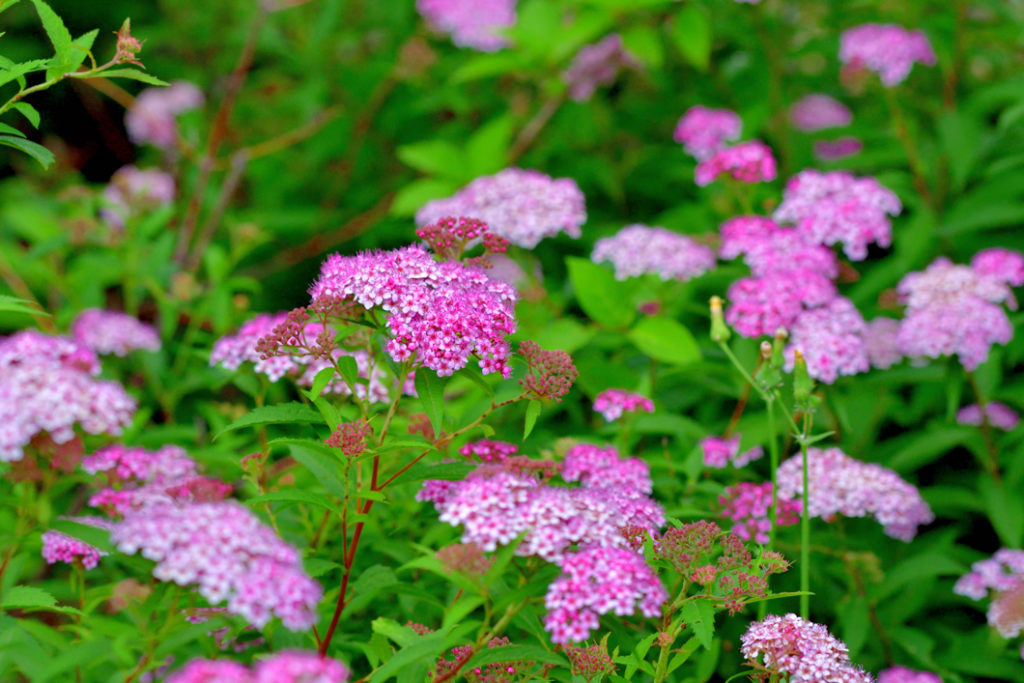
Why Grow Spiraea japonica?
S. japonica is a popular garden shrub in large part due to its attractive little five-petalled, white or pink flowers born in abundance on the plants in short racemes, panicles or corymbs in summer.
Some varieties are also prized for their colour-changing foliage, which can open one hue, mature to green in summer, then develop attractive autumnal shades later in the year.
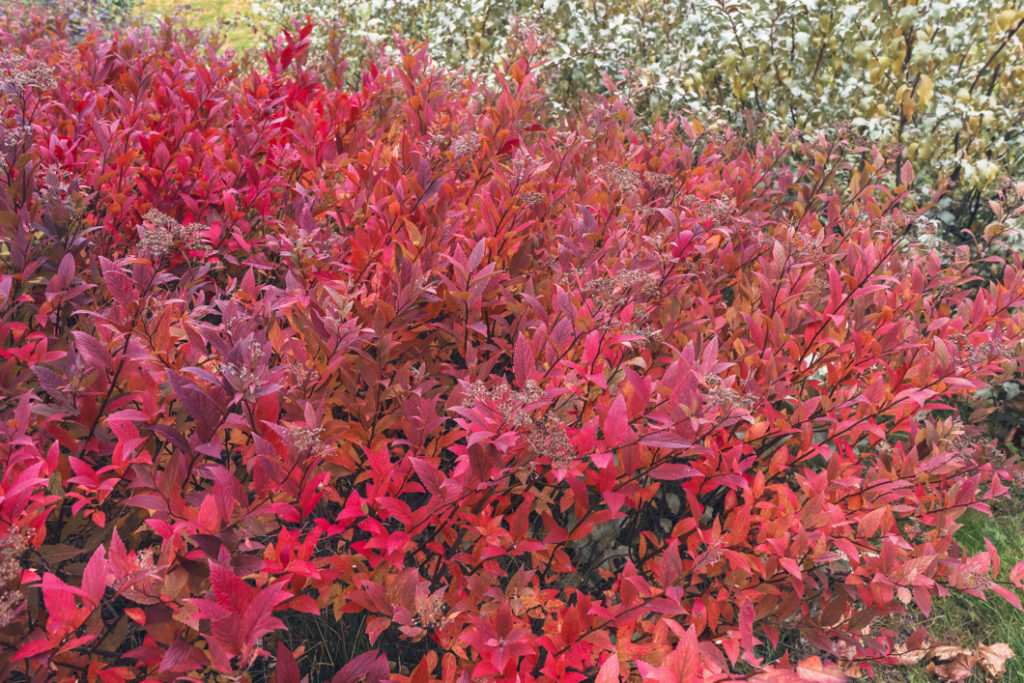
Another reason why this is a popular garden shrub is that it is very easy to grow is that it thrives in many situations in the UK and can cope with all but the most extreme of conditions.
S. japonica can fit well into cottage gardens and formal garden designs, urban gardens, coastal gardens, and a range of beds and borders in settings across the UK.
Varieties
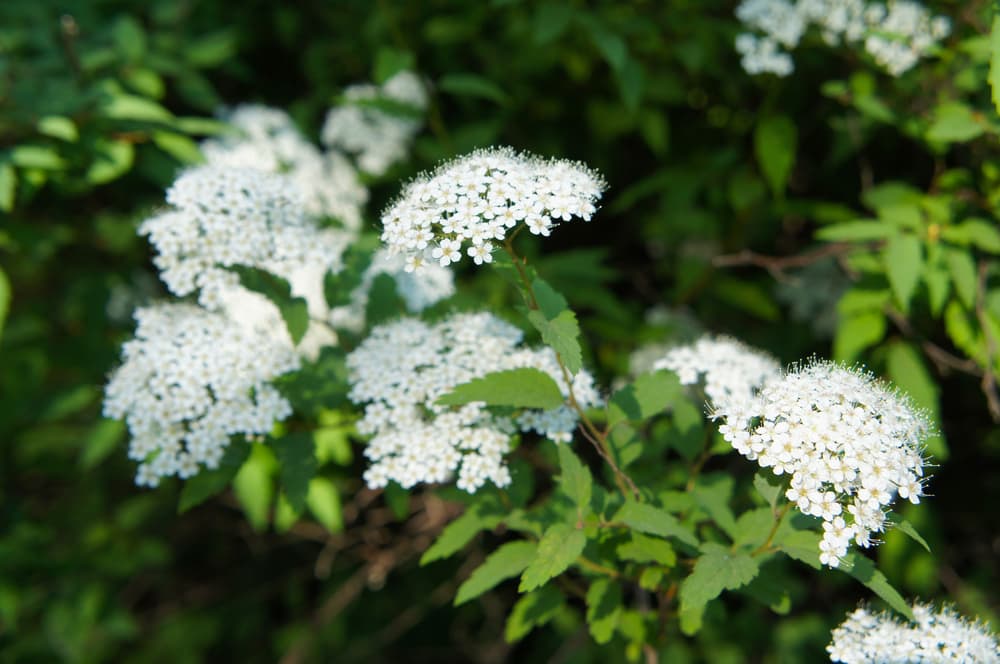
Some named cultivars UK gardens should consider include:
- ‘Albiflora’
- ‘Anthony Waterer’
- ‘Candlelight’
- ‘Dart’s Red’
- ‘Firelight’
- ‘Golden Princess’
- ‘Goldflame’
- ‘Gold Mound’
- ‘Island’
- ‘Magic Carpet’
- ‘Nana’
- ‘Shirobana’
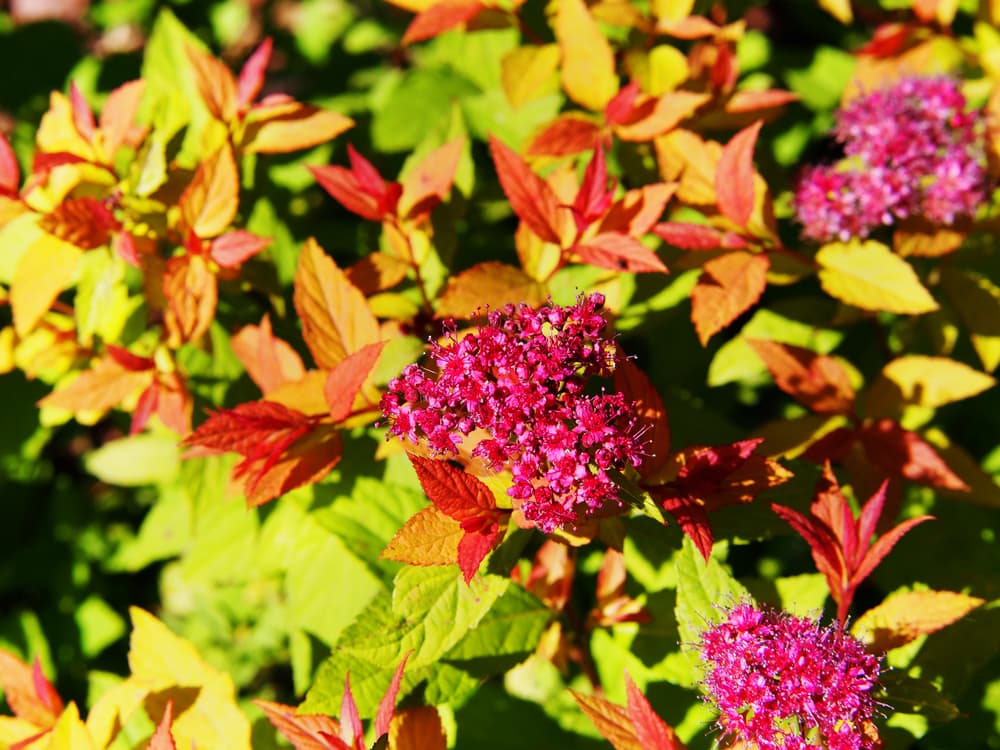
Where To Grow
S. japonica thrives in full sun or partial or dappled shade.
It is H6 hardy in the UK and can be placed in both sheltered and exposed positions.
In terms of soil, it will do best in chalky, loamy or sandy soil, with moist but well-drained conditions.
The plant can tolerate a wide range of soil pH, including more alkaline conditions.
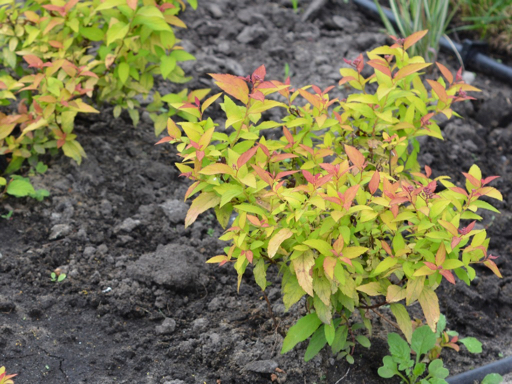
Where the soil is moist but does not become boggy or waterlogged, S. japonica will work very well in mixed borders.
There are larger cultivars which work well for the back of a border, and also somewhat smaller cultivars which can work well in the middle of a mixed border, and dwarf S. japonica which can work well further forwards or even, in some instances, in containers.
Some S. japonica can also work well as part of a hedgerow scheme.
Planting
S. japonicas are hardy shrubs which are best planted in autumn, or during milder spells of weather over the winter months or early spring.
However, you can plant a S. japonica at any time of the year as long as you make sure that the plants are well-watered during establishment.

As with many other shrubs, make sure you plant at the same depth as it was in the pot it came in, or in its previous location.
Gently firm in the soil around the base of the plant, and water it in well.
Mulch around the base of your new shrub with a good quality organic compost or wood chip mulch.
Ongoing Plant Care
Once established, as mentioned above, S. japonica is an excellent low-maintenance, easy-to-care-for plant.
Watering
Water the plant regularly during dry spells as it becomes established.
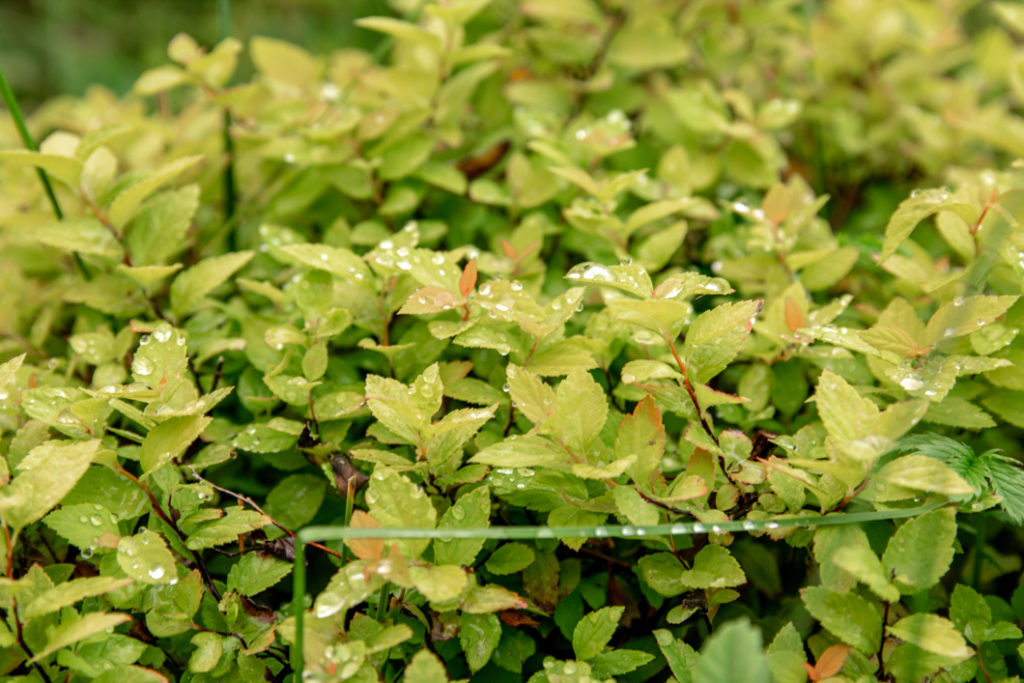
Once established, however, these shrubs should not need additional watering, except when rainfall is in particularly short supply and there is a long period of drought.
Feeding
S. japonica will not generally require regular feeding.
However, it is a good idea to apply a new mulch of organic matter after pruning to boost new growth.
Pests & Problems
These shrubs are generally relatively untroubled by common pests and diseases.
Pruning
S. japonica blooms in summer on growth produced in the same year.
For these types of summer flowering Spiraea, it is a good idea to cut back all growth in March to around 30cm from the ground.
This encourages plenty of young growth which is more vivid in hue than older shoots and so is a good idea, in particular, for S. japonica which is grown not only for its flowers but also for its colourful foliage.
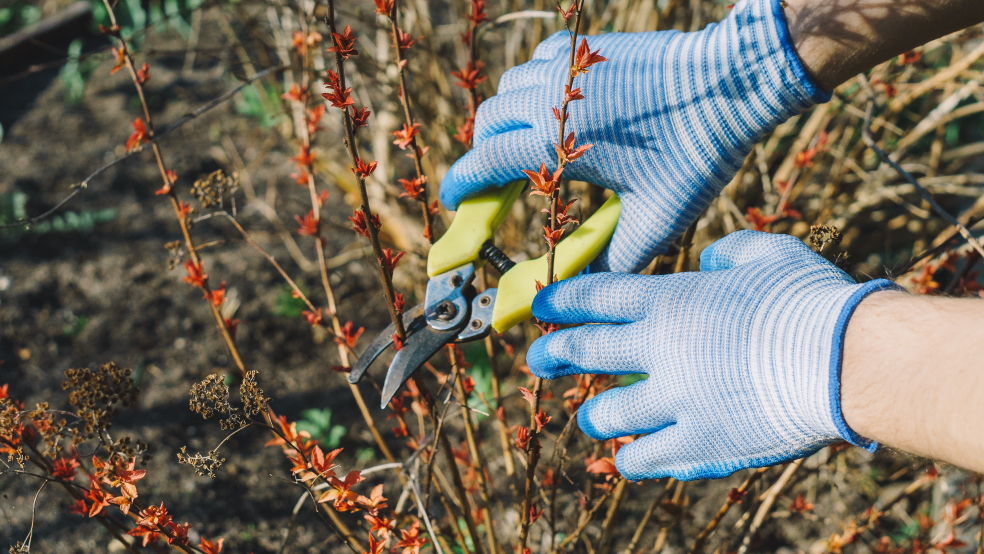
It is important to at least cut back to within 1-2 buds of the older woody structure of the shrub, and to remove any dead, damaged or weak material.
“There are a few pruning approaches you can take with these Spiraeas,” shares Master Horticulturist Dan Ori.
“One method I advocate is cutting back to two buds of the current year’s growth unless you need to reduce the size, as allowing this gentle creep in size seems to aid the longevity of the plant.”
If you have an older, mature S. japonica which has not been regularly pruned in this way, renovation pruning can improve performance and visual appeal significantly.
Take out a proportion of the older stems to open up the centre of the plant and encourage fresh new growth.
Avoid pruning these shrubs over the winter months, as this can lead to new shoots becoming damaged by frosts.
Propagation
Once you have a S. japonica shrub in your garden, it can quite easily be propagated by taking cuttings to obtain new plants.
The best option is to take semi-ripe cuttings of non-flowering shoots from the plant in around July or August.
The cuttings should be around 15cm long.
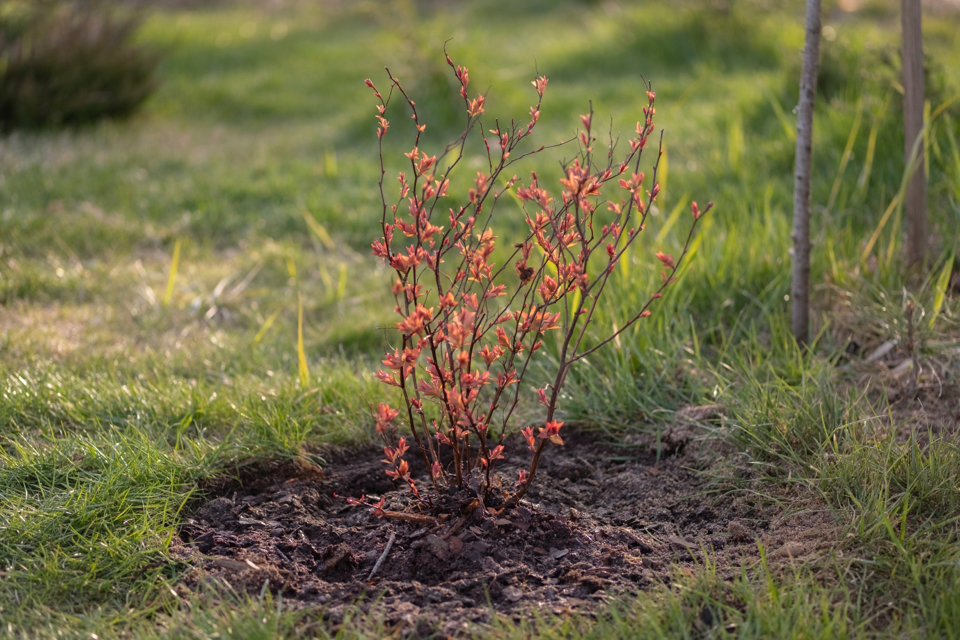
Place the cuttings, with rooting hormone to improve the chances of success, in a light, sandy potting mix and place in a cold frame or another suitable spot before planting out your new S. japonica the following year.
Combine S. japonica with other relatively low-maintenance shrubs and perennials in a mixed border and you can create a winning, low-effort, high-impact garden design.
Remember, this is a non-native plant so consider combining it with native species which will be complementary, while providing more benefits for the local wildlife.
Companion Planting
S. japonica can work well in planting schemes with a range of other plants.
One option to consider is growing S. japonica within a Japanese-inspired garden.
You might grow it with other Japanese species including acers, conifers, and flowering cherry trees, for example.
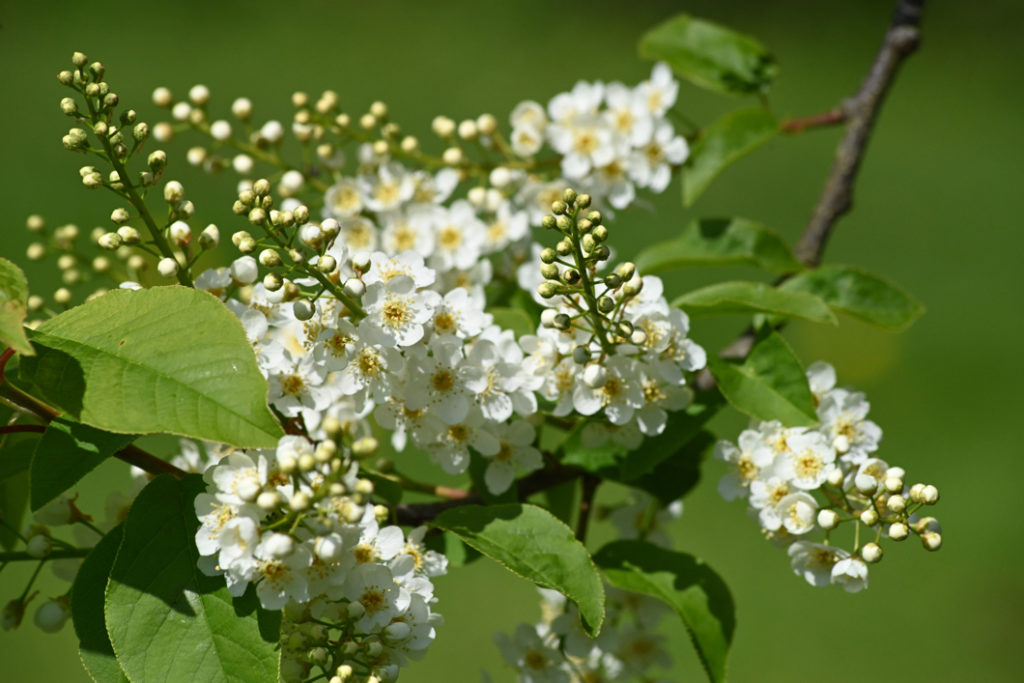
Some other examples of plants which may work well in a mixed border with Spiraea include (but certainly are not limited to):
- Other spiraea (E.g. S. douglasii, S. prunifolia)
- Loropetalum
- Roses
- Ribes sanguineum
- Ceanothus
- Fothergilla
- Salvias
- Achillea millefolium
- Ornamental grasses
- Heuchera
References
- 1The Editors of Encyclopaedia Britannica. (1998l, July 20). Spirea. Encyclopedia Britannica. Retrieved March 24, 2023, from https://www.britannica.com/plant/spirea
- 2Spiraea japonica. (n.d.). Weed of the Week. Retrieved March 24, 2023, from https://www.invasive.org/weedcd/pdfs/wow/japanese-spiraea.pdf
